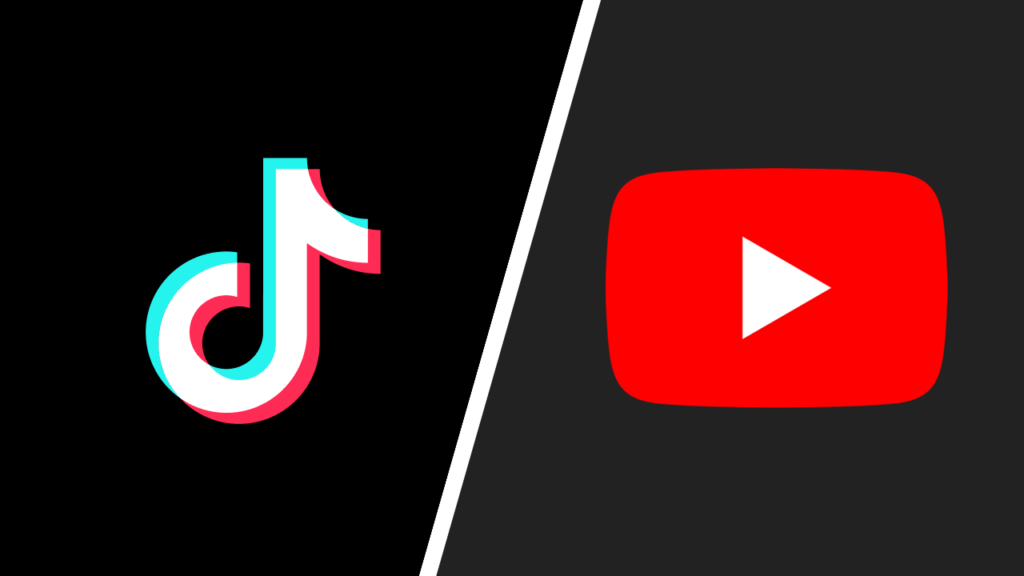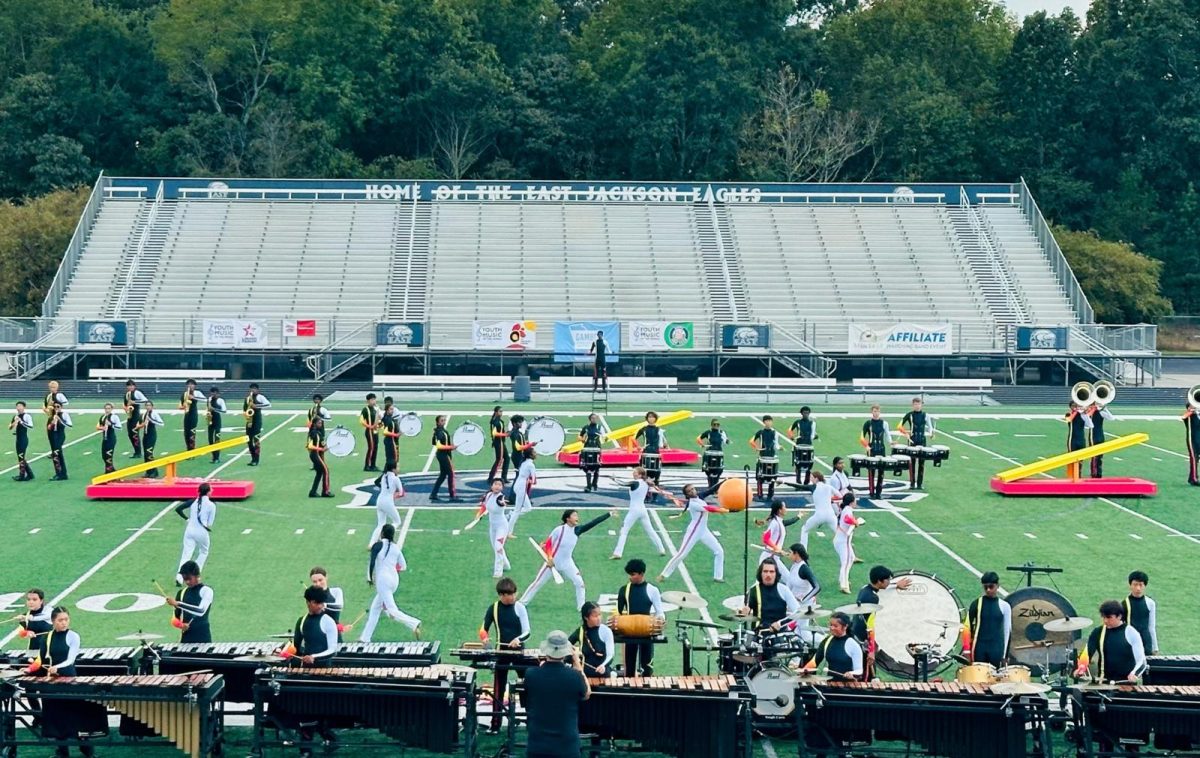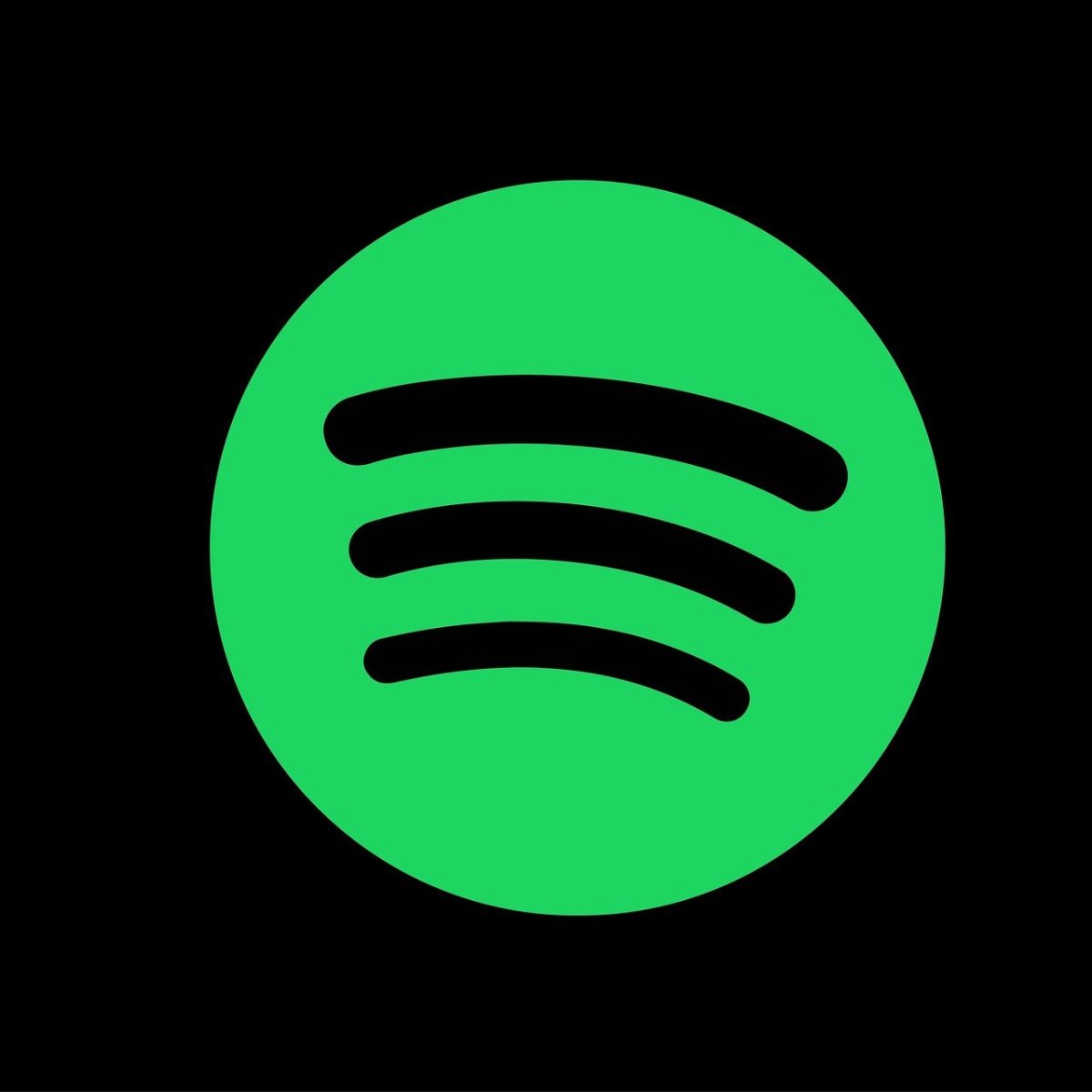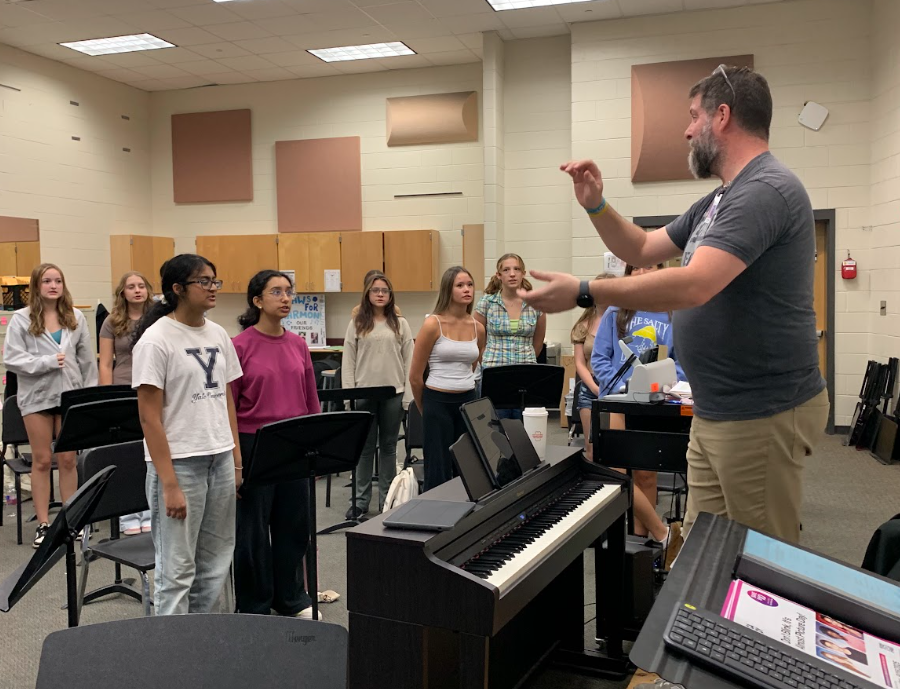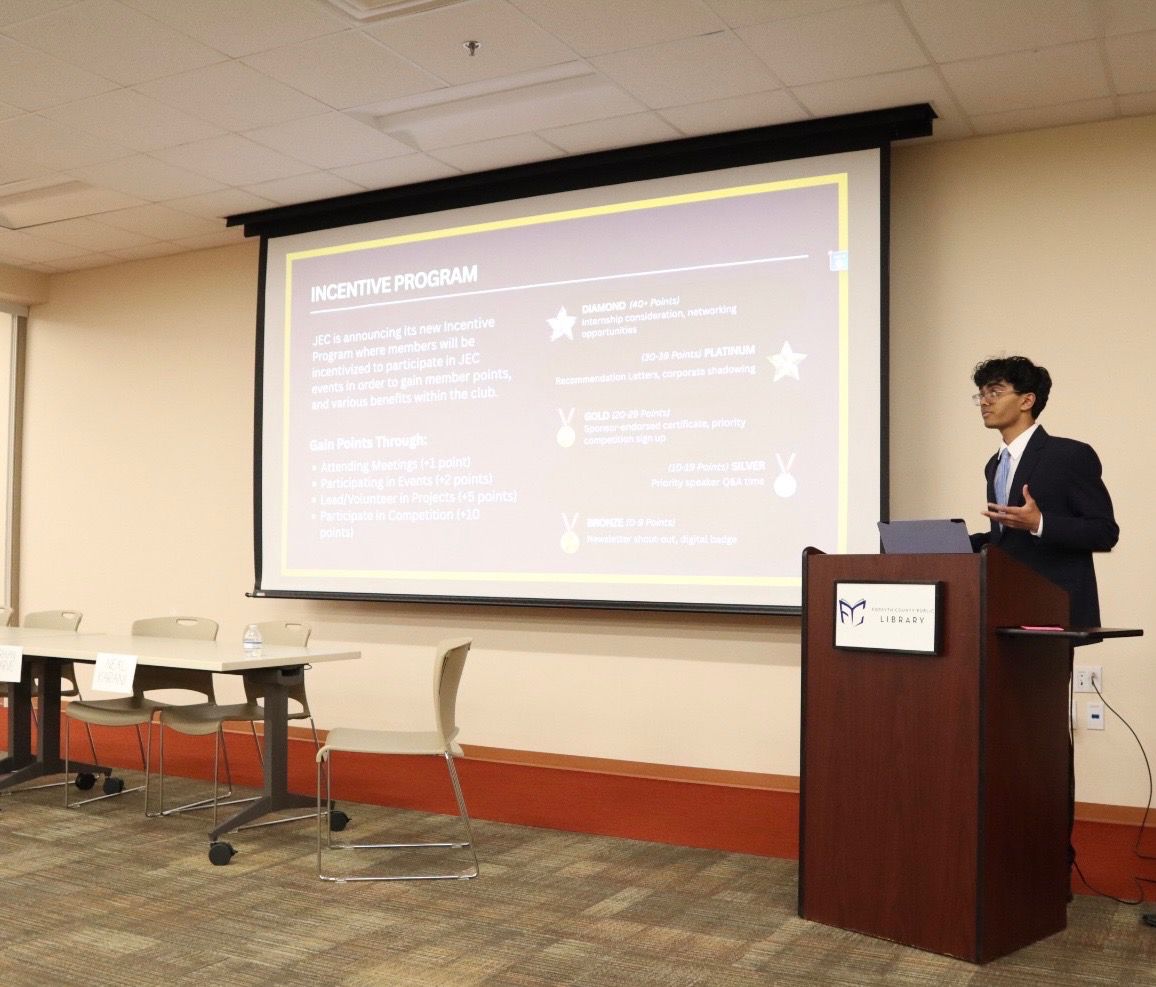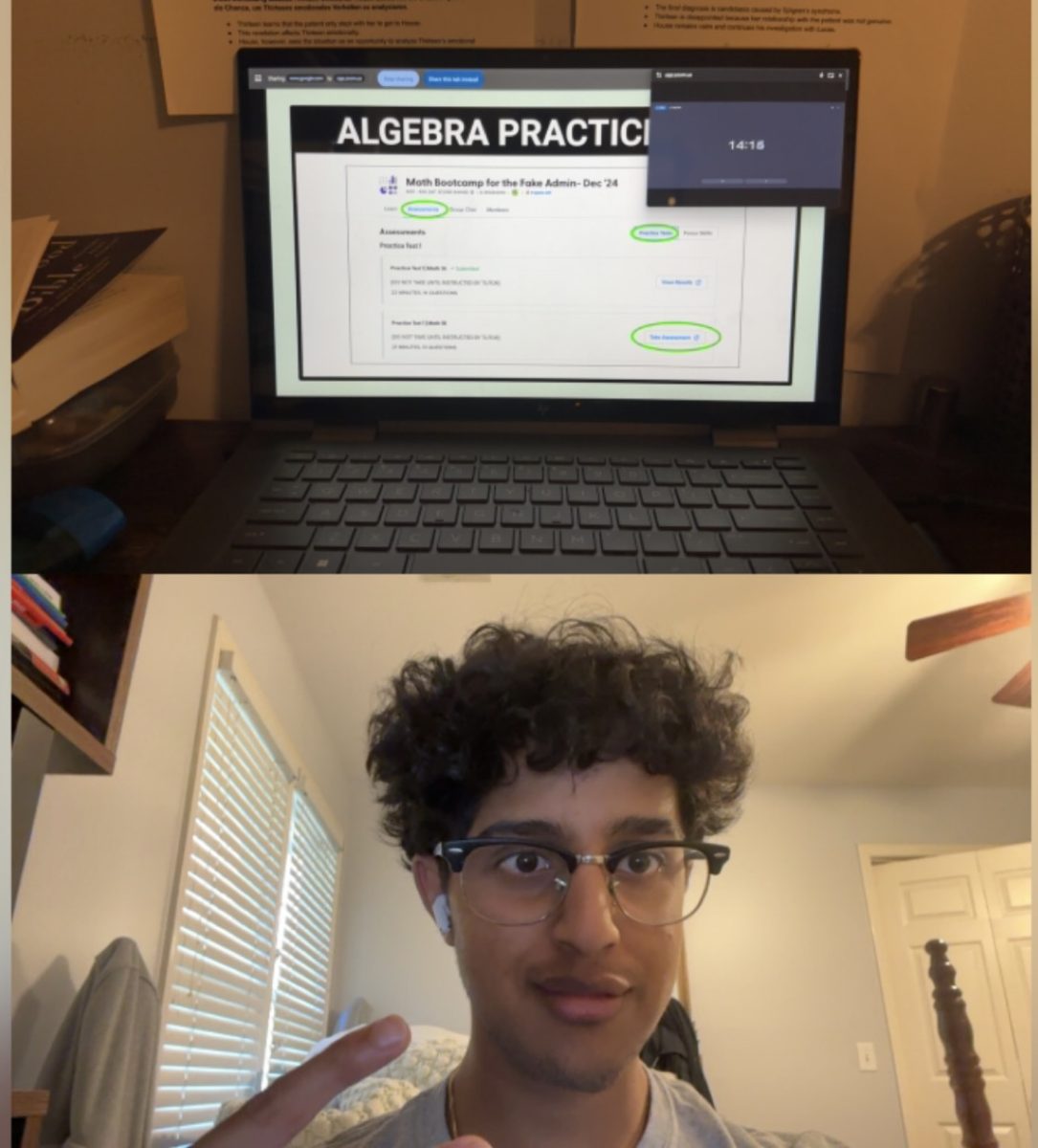If you’ve been around Lambert’s campus lately, you’ve likely observed a common scene: students engrossed in their phones with eyes fixed on screens, indulging in the latest media content. In this digital age, two platforms have emerged as the reigning champions of students’ attention: TikTok and YouTube. The battle for supremacy between these two giants has sparked numerous debates among high schoolers, leaving us to ponder the question – which platform is truly the reigning favorite among students?
TikTok, with its bite-sized videos and trendy challenges, has taken the social media world by storm.
“I like TikTok because it’s short and to the point,” Lambert junior Kory Mai said. “I don’t want to be watching a video for 10 minutes on YouTube. It’s like a commitment to me, and I’d rather want my source of entertainment fast.”
Like Mai, many students are increasingly drawn to platforms like TikTok due to their brief and focused content. This sentiment underscores a generational shift in entertainment preferences. The desire for concise and quickly consumable content reflects a broader trend, with students finding shorter formats more appealing than longer, potentially time-consuming videos on platforms like YouTube. This inclination towards immediate content is indicative of a cultural shift in the way students seek and consume entertainment, emphasizing efficiency in their digital experiences.
On the other side of the spectrum, YouTube boasts a rich legacy as the pioneer of online video content. A small percentage of high school students prefer the world of vlogs, tutorials and long-form content creators who offer a deeper dive into topics of interest.
“I like being able to watch something longer on YouTube because it feels more organized and paced rather than a rushed ten to twenty-second video on TikTok that isn’t really well-thought-out,” Lambert junior Jaden Hicks noted. “Most people like the shorter stuff but I still prefer YouTube. I also feel like TikTok has too much going on. Some of them have got like movie clips on the top and a game being played on the bottom.”
Hicks, among the minority, feels that YouTube is able to offer a more organized and informative viewing experience. Extended videos on YouTube provide content creators with the time needed to present information thoughtfully, ensuring a well-structured narrative and allowing for in-depth exploration of topics. This format facilitates a more comprehensive understanding for viewers, as creators can include supporting visuals, graphics and examples without the constraints of briefness.
In contrast, TikTok’s brief video durations, typically lasting between ten to twenty seconds, may limit the depth of information that can be conveyed. The shorter format could lead to a more rushed presentation, potentially compromising the organization and coherence of content. Furthermore, Hicks points out perceived clutter on TikTok, where movie clips, gameplay and other elements are simultaneously displayed, contributing to an overwhelming user experience. YouTube, with features like playlists, timestamps and detailed video descriptions, fosters a more organized presentation. This structure enhances user-friendliness and contributes to a more informative experience compared to the potentially chaotic nature of content consumption on TikTok.
As high schoolers engage in the TikTok vs. YouTube debate, it becomes evident that the preference is deeply personal. Some argue that TikTok’s constant stream of fresh content aligns perfectly with the fast-paced nature of high school life. Others insist that YouTube’s depth and variety offer a more fulfilling and informative experience. The debate often transcends mere entertainment preferences, delving into discussions about creativity, content quality and even the impact these platforms have on mental health.
Ultimately, declaring a winner in the TikTok vs. YouTube showdown for high school supremacy proves challenging. The choice between these platforms boils down to individual preferences, personality types and the specific needs of the moment. TikTok might win the battle for those seeking instant gratification and trend-hopping, while YouTube reigns supreme for those craving in-depth knowledge and a more immersive digital experience.
As the landscape of digital entertainment evolves, so too will the preferences of high school students. The TikTok vs. YouTube debate is merely a snapshot of the current moment, and new platforms may emerge to challenge the dominance of these giants. What remains certain is that high schoolers will continue to navigate the digital realm, seeking the perfect balance between quick, entertaining snippets and deeper, more meaningful content.
In the ever-evolving world of digital entertainment, the TikTok vs. YouTube debate in high schools is a testament to the diverse ways students engage with content. Whether it’s the ephemeral allure of TikTok or the enduring legacy of YouTube, one thing is clear – the battle for the hearts and screens of high schoolers is far from over.



